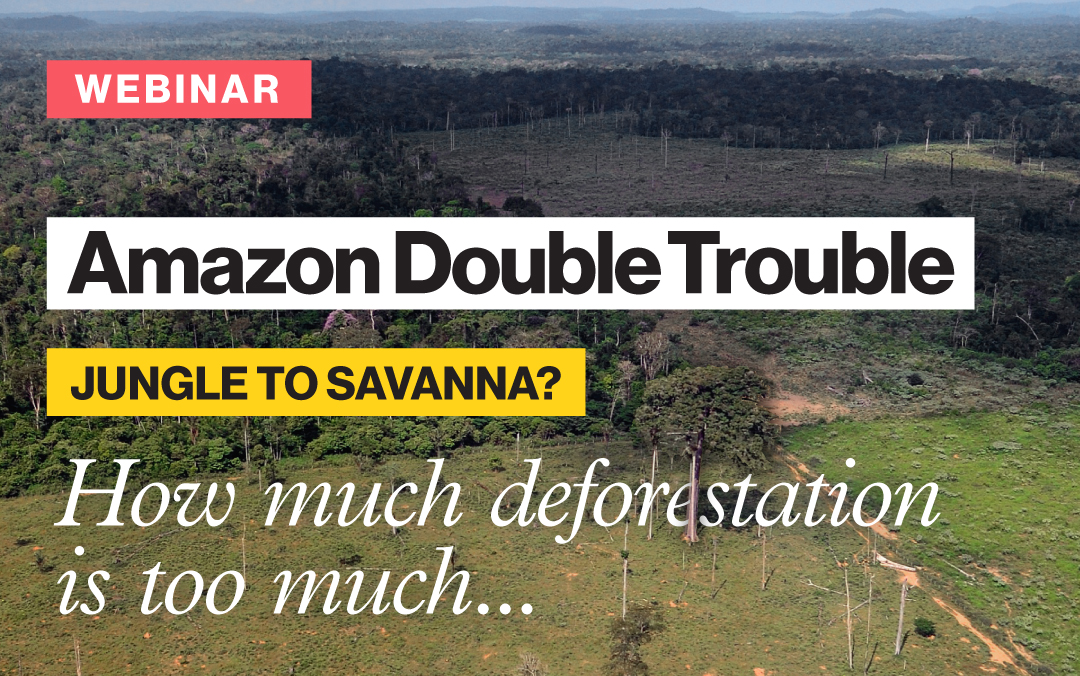Climate communication has long been shaped by disaster and catastrophe framing, which captures public attention but often struggles to turn awareness into action. In a recent ClimTip webinar Professor Imke Hoppe from Ludwig-Maximilians-Universität (LMU), explored the impact of media framing and public perception on how society responds to climate change and what can be learned to improve climate communication. Here is a summary of key insights from her talk.
The Role of Media in Shaping Climate Awareness
Media coverage plays a significant role in how the public perceives and responds to climate change. Professor Hoppe’s research highlights several key points:
- Event-Driven Coverage: Media coverage of climate change often spikes around major events like COP meetings, IPCC reports, and extreme weather incidents.
- Impact on Awareness: While this event-driven coverage increases awareness, it often fails to lead to sustained climate action.
- Communication Precision: Effective climate communication should be as precise and thoughtful as the science it represents, focusing on more than just the immediate impact of events.
Tipping Points in Media and Public Perception
The concept of climate tipping points has gained prominence in media coverage, but it comes with both strengths and challenges:
- Increased Urgency: Tipping points resonate strongly with audiences, highlighting the severity and potential irreversibility of climate impacts.
- Potential for Inaction: Catastrophe framing can sometimes overwhelm audiences, leading to feelings of helplessness and defensive reactions, where individuals may avoid the topic altogether.
- Balancing Messages: It's crucial to balance the depiction of climate risks with actionable solutions to avoid paralyzing the public.
Moving Toward Solution-Oriented Communication
To encourage more effective climate action, communication strategies should focus on:
- Solution-Oriented Messaging: Combining information about climate risks with practical steps for individuals and societies is more likely to change attitudes and behaviors.
- Testing Strategies: Empirical research is essential for testing different framing strategies with various audiences, including policymakers, to see what resonates best.
- Framing for Impact: For certain audiences, especially conservative ones, framing climate action in terms of gains rather than losses might be more effective.
Practical Implications and Future Research
Professor Hoppe’s insights suggest that the effectiveness of climate communication can be improved by:
- Experimenting with Formats: Researchers and communicators should collaborate to test different outreach materials, formats, and messages.
- Avoiding Overreliance on Catastrophe Framing: While raising awareness is important, it’s equally important to avoid framing that could lead to inaction.
- Focus on Long-Term Engagement: The ultimate goal of climate communication should be to inspire sustained action by focusing on solutions and carefully considering how messages are framed.
Key Takeaways:
- Media coverage is crucial in shaping public understanding of climate change, but disaster framing alone can lead to inaction.
- Combining risk information with actionable solutions can be more effective in driving public behavior change.
- Ongoing research is vital to refine communication strategies and ensure they resonate with different audiences.
The full version of this talk can be viewed here.
Image credit: Thumbnail collage by Kuat Abeshev. Background image: Photo by Michael Held on Unsplash.
Join Next Webinar
Tune in online for ClimTip webinars on first Tuesdays of every month using this link. Please visit our Youtube channel to access the webinars library.





